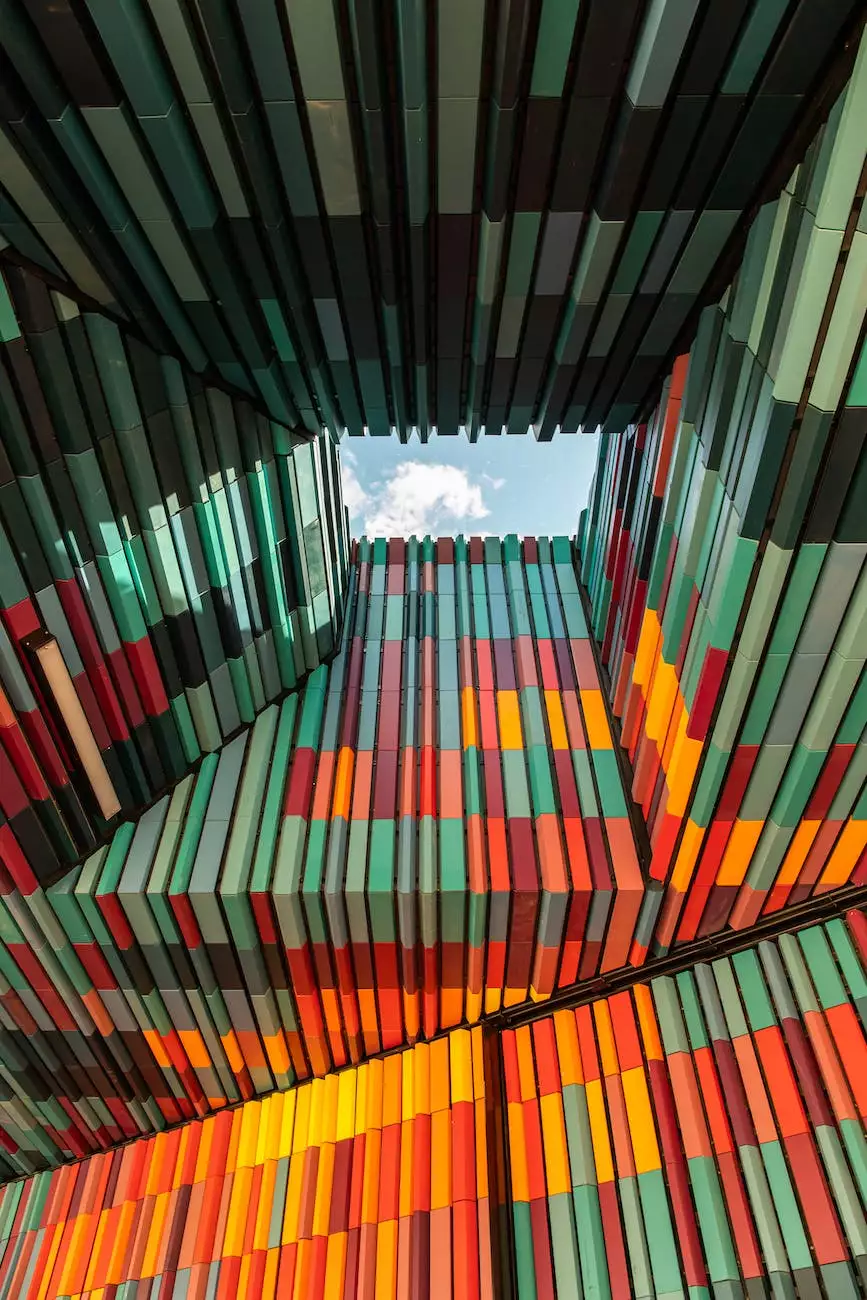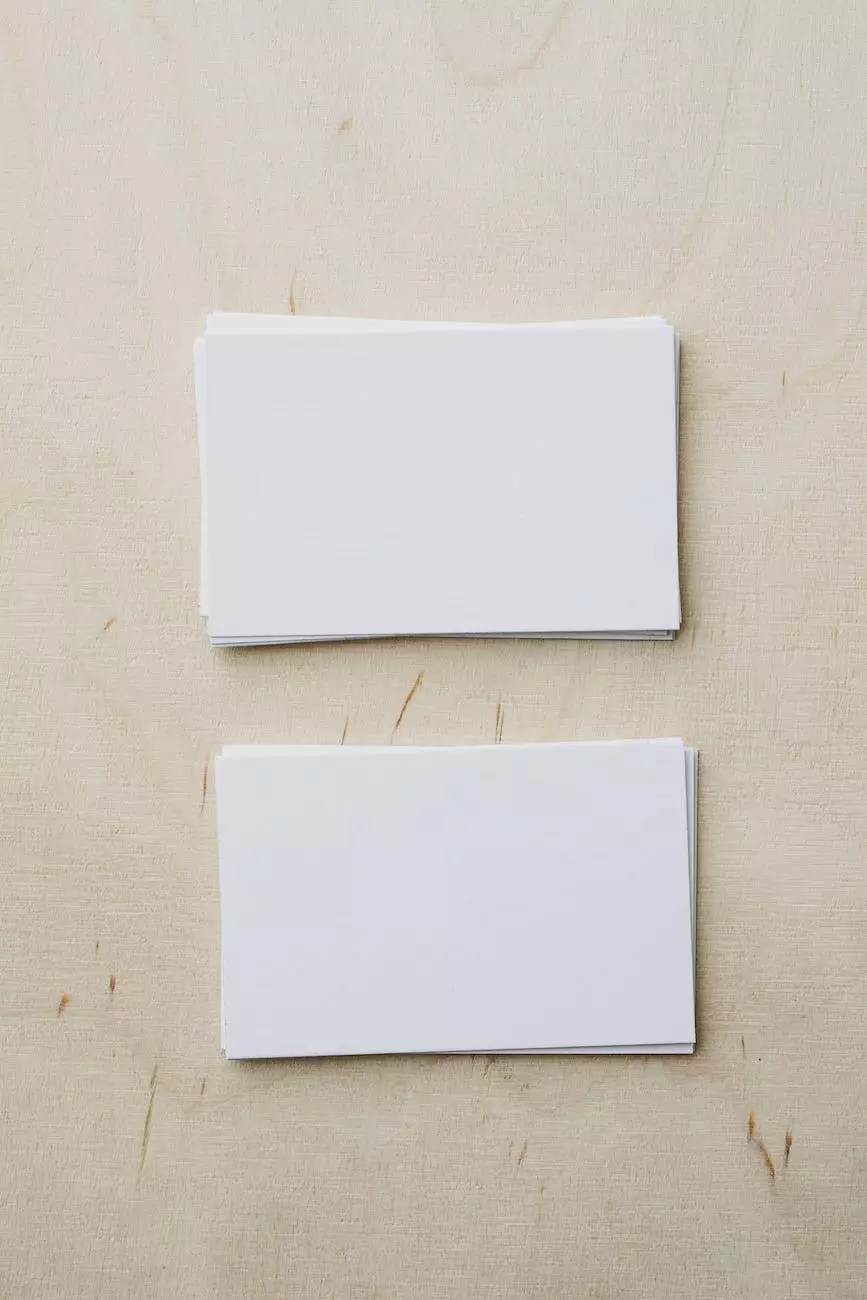5 More Common Graphic Design Terms and What They Mean

Introduction
Welcome to AKMALKHAN.COM, your go-to source for informative content on various topics. In this article, we dive deeper into the world of graphic design, uncovering five more common terms that every designer should be familiar with. By understanding these terms, you'll be equipped with a solid foundation to explore and expand your creativity in the realm of graphic design.
1. Typography
Typography is the art and technique of arranging type to make written language legible, readable, and visually appealing. It encompasses various aspects such as font selection, font size, line spacing, and overall typographic hierarchy. Effective typography plays a crucial role in capturing the attention of the audience and conveying the intended message.
2. Grid System
A grid system is a structure that helps designers maintain consistency and organization in their layouts. It consists of vertical and horizontal lines that create a framework for placing elements within a design. By utilizing a grid, designers can align and balance text, images, and other visual elements, resulting in a visually pleasing and harmonious composition.
3. Color Theory
Color theory is the study and application of colors in design. It explores the understanding of how colors interact, their psychological impact, and their use in creating visual harmony. The color wheel, color schemes, and color psychology all play a significant role in graphic design. By utilizing color theory effectively, designers can evoke desired emotions and enhance the overall visual experience.
4. Negative Space
Negative space, also known as white space, is the empty area surrounding the main elements in a design. It is not simply blank space but rather an intentional and purposeful design element. By effectively utilizing negative space, designers can create emphasis, improve readability, and establish a sense of balance within a composition.
5. Vector Graphics
Vector graphics are digital illustrations created using mathematical formulas instead of pixels. They are infinitely scalable without losing quality, making them ideal for various applications such as logos, icons, and illustrations. Unlike raster images, vector graphics maintain their crispness and clarity regardless of size or resolution. This makes them a preferred format for professional graphic designers.
Conclusion
Congratulations! You've now explored five more common graphic design terms and their meanings. As you continue to delve deeper into the world of graphic design, remember that these terms are just the tip of the iceberg. The field of graphic design is constantly evolving, offering endless opportunities for creative expression.
By familiarizing yourself with these terms and continuously expanding your knowledge, you'll be one step closer to becoming a skilled graphic designer. Whether you're a beginner or an experienced professional, AKMALKHAN.COM is here to provide you with valuable insights, tutorials, and inspiration to fuel your creative journey.










